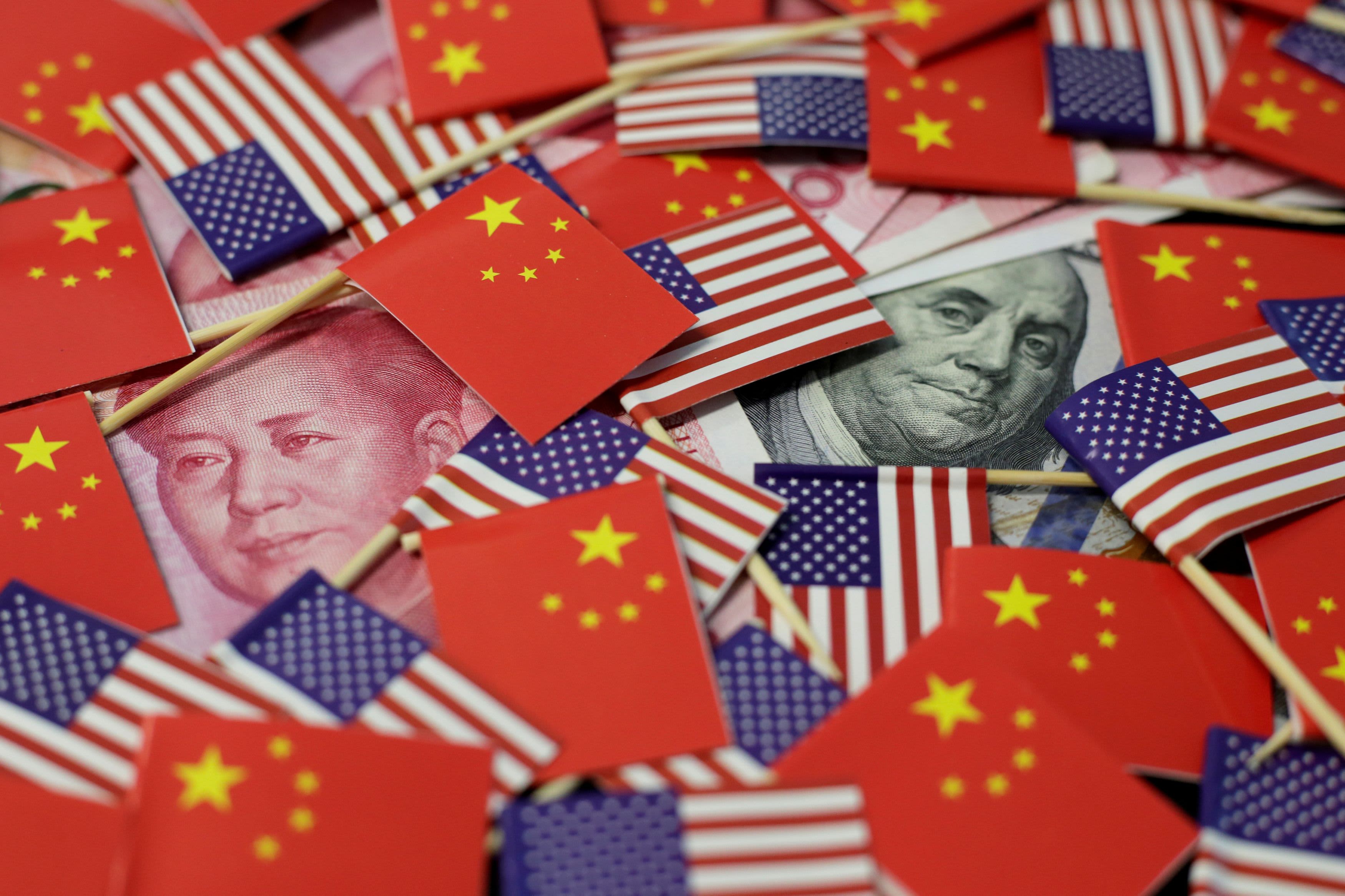Jason Lee | Reuters
BEIJING — China’s foreign exchange regulator told businesses Friday to prepare for more volatility in the yuan.
The Chinese currency, also known as the renminbi, strengthened roughly 1% this week against the U.S. dollar to levels not seen since July 2018. Less than five months ago, the yuan was at its weakest against the greenback since early 2008. Although that is based on a midpoint set by the central bank, the People’s Bank of China, Beijing has been allowing markets to play a greater role in the exchange rate.
One-year implied volatility of the yuan has climbed to 5%, versus less than 2% for previous years, indicating a basis of “increased flexibility” in the exchange rate, State Administration of Foreign Exchange spokeswoman Wang Chunying told reporters on Friday.
“In face of exchange rate fluctuations, businesses should strengthen their risk prevention awareness,” Wang said, according to a CNBC translation of her Mandarin-language remarks. She said that rather than expect one-way strengthening or weakening of the yuan, businesses should prepare for two-way moves in the exchange rate, and hedge appropriately without speculating.
Chinese yuan daily midpoint fix vs. USD (2008-2020)
Note: Lower figures reflect stronger yuan vs. USD. Source: Wind Information.
On Friday, the official daily midpoint set by the central bank was 6.6703 yuan versus the U.S. dollar, for a gain of more than 4% versus the greenback for the year so far.
The recent strength in the yuan comes as the U.S. dollar index has fallen to its lowest since early September. While the yuan’s exchange rate versus the greenback is closely followed, officials have previously emphasized that the currency’s value is more accurately reflected by a government-run index of the yuan versus a basket of currencies. The index’s latest weekly print from Oct. 16 was the highest since March.
When asked by CNBC last week about the outlook for the Chinese currency, the PBoC monetary policy department head Sun Guofeng said the central bank would maintain a flexible and stable exchange rate.
“The slight appreciation in the yuan’s exchange rate is the natural reflection of the good trajectory of (China’s) economy,” Sun said at a press conference, according to a CNBC translation of his Mandarin-language remarks.
In August 2015, a surprise devaluation in the yuan by more than 4% over five days shocked global markets. The PBoC has been trying to strike a balance between keeping the yuan weak enough so Chinese goods remain attractively priced for overseas buyers, while preventing domestic capital from flowing too quickly out of the country to stronger currencies. Longer-term, Beijing would like the yuan to be used more internationally, versus the roughly 2% of global foreign exchange reserve assets it holds currently.
Analysts expect China’s relatively robust economic growth and market size will attract more foreign capital in coming years.
The International Monetary Fund forecast last week that China’s GDP will grow 1.9% this year as the only major economy to expand in the wake of the coronavirus pandemic. Covid-19 first emerged in the Chinese city of Wuhan late last year, before accelerating its spread in the country, and subsequently overseas.
The IMF predicts the U.S. economy will contract 4.3% this year, with global growth falling by 4.4%.
